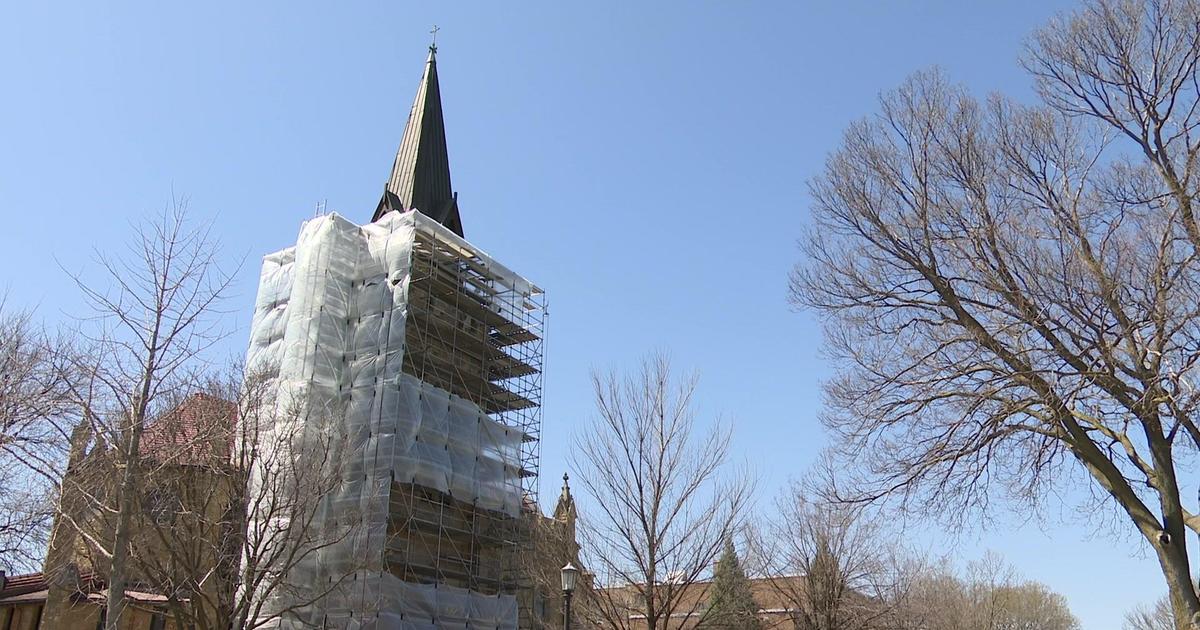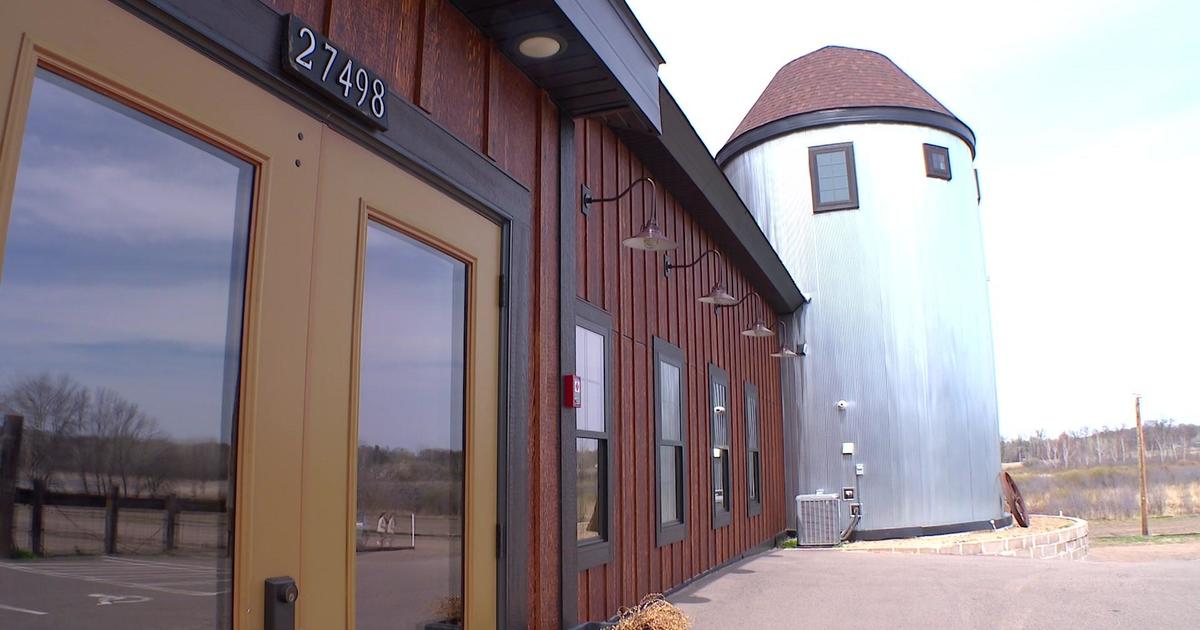Despite Mild Temperatures, Potholes Still Cost Big Money In Minnesota
MINNEAPOLIS (WCCO) – Peak pothole season usually starts at the end of February, and last year's brutal winter left a big and expensive pothole problem.
Even though this year is milder, we're likely to see lots of potholes popping up in the next couple of months.
Last winter was one most drivers would rather forget.
"It was horrible," Twin Cities commuter Kyle Kossol said.
The brutal freeze and thaw cycle left a big hole in city and state snow removal budgets.
"We had snows where we had warm temps came down first as rain then would seep into cracks then when snow finalyl came turned into ice and froze and bonded onto pavement," Minneapolis Public Works Official Mike Kennedy said.
Kennedy says the city's usual $10 million snow removal budget didn't last -- they overspent by millions before pothole season even started.
A million dollars of emergency city funds dollars helped crews fill every pothole possible over the summer.
"By mid-summer we were kind of caught up to normal," Kennedy said.
He says crews have been patching up potholes during the warmer winter days this past month or two, but those are just temporary fixes before the snowy season ends.
State highways run by MnDOT also took a beating from the freezing rain and unusually cold temperatures well into last spring.
MNDot says during an average snowy season from October through April, snow removal costs add up to about $87 million.
Last year, the state spent $136.2 million.
By this time last year snow removal had already cost more than $64 million dollars. This season, the state had spent $55 million on snow removal.
They hope the mild weather continues -- less money spent on plowing and salting means more money and time can be spent fixing potholes this spring...
"The key is warmer weather good pavement temperatures and ability to get materials we need," Kennedy said.
MNDot says when it snows between midnight and four in the morning, it costs less to plow, due to the light traffic. When snow hits during the morning or evening rush hours, time and costs greatly increase.



